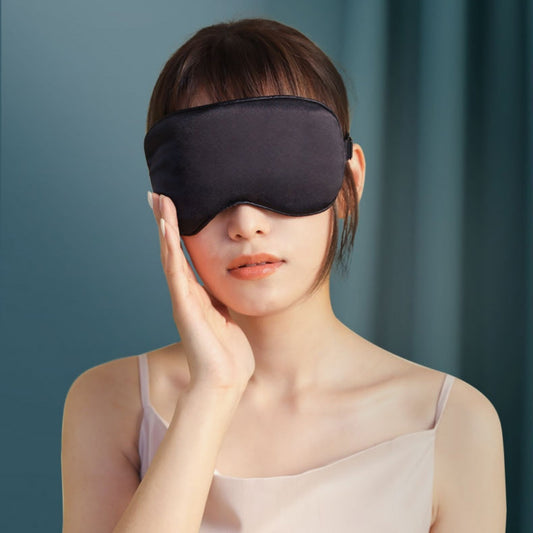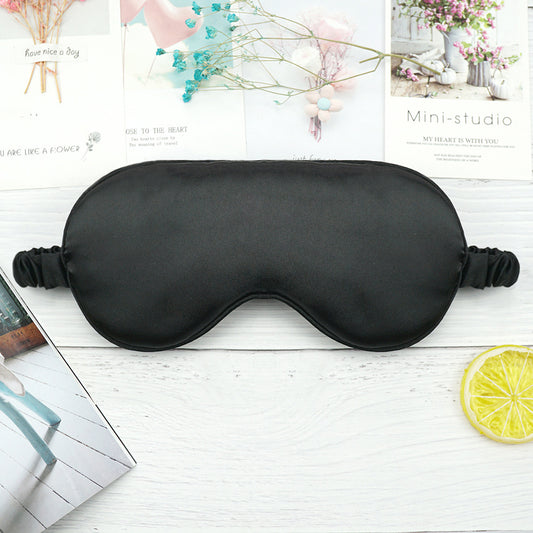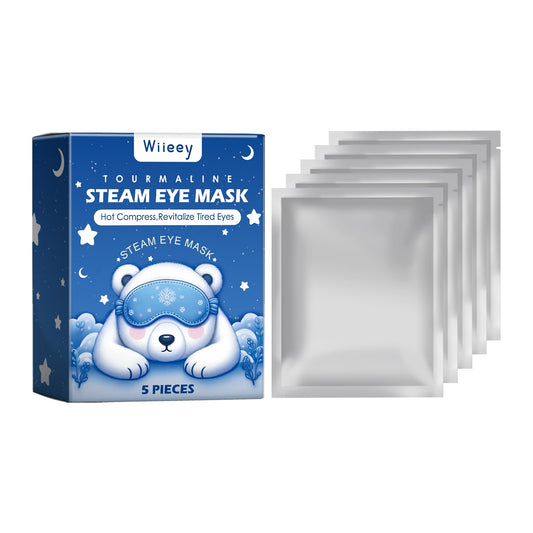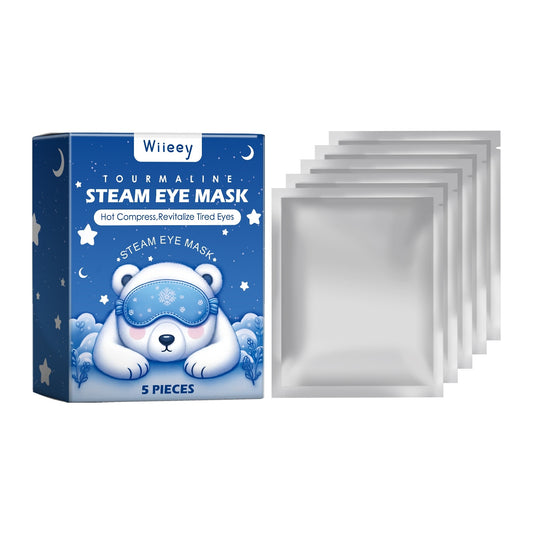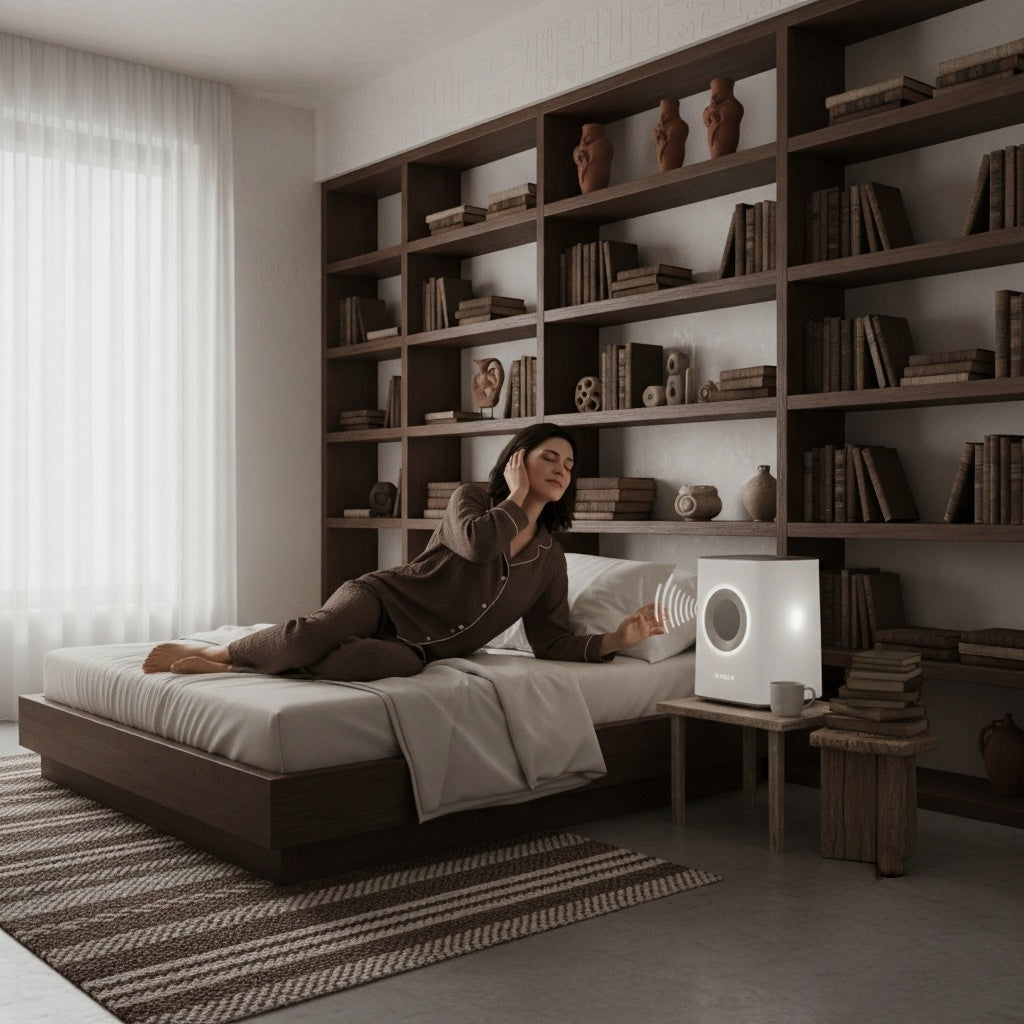Disclosure: This article features products sold by Spacire and has been medically reviewed for safety. Read our full transparency standards.
🎯 Key Takeaways & Summary
- Sound masking reduces tinnitus perception by providing external auditory input that partially covers internal ringing
- White, pink, and brown noise offer different frequency profiles suited to various tinnitus tones
- 70-80% of tinnitus sufferers report improved sleep quality with consistent sound therapy
- Portable white noise machines allow 24/7 management across home, work, and travel settings
- Combination therapy using sound masking plus relaxation techniques shows highest success rates
- Volume should be set just below tinnitus level for habituation rather than complete masking
- Professional-grade devices from £51.99-£390.44 provide therapeutic sound options
For the millions experiencing tinnitus worldwide, the persistent ringing, buzzing, or humming in the ears can transform quiet moments into frustrating challenges.
While tinnitus has no universal cure, sound masking through white noise has emerged as one of the most effective management strategies, offering relief that helps sufferers reclaim their peace and improve quality of life.
Sound masking works by introducing external sounds that partially cover or distract from internal tinnitus perception.
Unlike attempting to drown out tinnitus completely—which can worsen the condition—proper sound therapy provides gentle background noise that helps the brain shift focus away from the phantom sounds. T
his evidence-based approach has helped countless individuals across the United Kingdom, United States, Canada, Australia, Germany, France, Japan, Spain, Netherlands, and other countries manage their symptoms effectively.
📊 Tinnitus by the Numbers
Understanding Tinnitus and Its Impact
Tinnitus manifests as phantom sounds originating within the auditory system rather than from external sources.
These sounds vary significantly between individuals—some experience high-pitched ringing, others hear low rumbling, clicking, or even musical tones.
The condition affects concentration, sleep quality, emotional wellbeing, and overall life satisfaction when left unmanaged.
The neurological basis of tinnitus involves hyperactivity in auditory processing centers, often triggered by hearing damage, stress, or other medical conditions.
When hair cells in the inner ear become damaged, the brain sometimes generates its own signals to compensate for missing input, creating the perception of sound where none exists externally.
🏥 Medical Factors
Hearing loss, ear infections, medication side effects, TMJ disorders
🧠 Neurological Triggers
Stress, anxiety, sleep deprivation, caffeine, nicotine
🌍 Environmental Causes
Noise exposure, acoustic trauma, occupational hazards
The Science Behind Sound Masking
Sound masking leverages the brain's limited attention capacity and its ability to filter auditory information.
When external sounds occupy auditory processing pathways, the brain naturally reduces focus on internal tinnitus signals.
This phenomenon, called auditory masking, doesn't eliminate tinnitus but makes it less noticeable and intrusive.
🔬 How Sound Masking Works
Tinnitus Signal
Internal ringing dominates attention
External Sound
White noise introduces competing input
Brain Processing
Attention shifts to external sound
Relief
Tinnitus becomes less noticeable
Neuroplasticity plays a crucial role in long-term tinnitus management through sound therapy.
Regular exposure to therapeutic sounds helps the brain gradually reclassify tinnitus as unimportant background noise rather than a threat requiring attention.
This habituation process typically takes 3-6 months of consistent sound therapy but can provide lasting relief.
Different Types of Therapeutic Noise
🎵 Noise Color Spectrum for Tinnitus
White Noise
Equal energy across all frequencies
Best for: High-pitched tinnitus, general masking
Pink Noise
More energy in lower frequencies
Best for: Mid-range tinnitus, relaxation
Brown Noise
Deepest, most bass-heavy profile
Best for: Low-frequency tinnitus, sleep
Understanding which noise type works best requires experimentation, as tinnitus characteristics vary significantly between individuals.
Our comprehensive guide on white noise vs pink noise vs brown noise provides detailed comparisons to help identify your optimal sound profile.
Best White Noise Machines for Tinnitus Management
Professional-grade white noise machines designed for tinnitus relief offer features beyond basic sound generation.
Key considerations include frequency range, volume control precision, timer functions, and portability for consistent management across different environments.

Nexuszx White Noise Sleep Light
- Touch control for easy adjustment
- Multiple sound options
- Compact bedside design
- Night light feature

Nexusot White Noise RGB Clock
- Dual alarm functionality
- White noise therapy
- RGB ambient lighting
- Touch operation

Glowzx RGB Sleep Sound Machine
- Portable design
- Multi-mode operation
- LED night light
- Sound therapy modes

Calmazx Portable Sound Machine
- Travel-friendly size
- Multiple sound profiles
- Long battery life
- Compact speaker design

Chordiazx Bluetooth White Noise Speaker
- Bluetooth connectivity
- Ambient sound options
- USB rechargeable
- Home & office use

Verseizx Home White Noise Instrument
- Nature sounds included
- Meditation speaker
- Travel-ready design
- Professional quality

Nexusiz Multifunctional Bluetooth Speaker
- Premium audio quality
- Multiple functions
- 20Hz-20kHz range
- Long-lasting battery

Humizx 20W Wireless Charger Speaker
- Wireless charging station
- Bluetooth white noise
- Bedside convenience
- Multi-device support
Optimal Settings and Usage Guidelines
Effective tinnitus management through sound masking requires proper volume calibration and consistent usage patterns.
The goal isn't to completely cover tinnitus but to reduce its prominence while allowing habituation to occur naturally.
⏰ Daily Sound Therapy Schedule
Morning (6-9 AM)
Start with gentle nature sounds or pink noise during morning routine to ease into the day
Daytime (9 AM-5 PM)
Use ambient white noise at work or home to maintain consistent masking
Evening (5-9 PM)
Transition to softer brown noise or relaxation sounds during wind-down period
Nighttime (9 PM-6 AM)
Maintain consistent low-level sound throughout sleep for uninterrupted rest
Volume Setting Guidelines
The mixing point method represents the gold standard for volume calibration.
Set your white noise volume to the point where it begins mixing with your tinnitus—not covering it completely but creating a blended sound.
This typically occurs when the external sound is slightly softer than your tinnitus perception.
Avoid the temptation to increase volume for complete masking, as this can lead to dependency and potential hearing strain.
The brain adapts more effectively to partial masking, facilitating the habituation process essential for long-term relief.
Combining Sound Therapy with Other Techniques
While sound masking provides significant relief, combining it with complementary strategies enhances overall effectiveness.
Stress reduction techniques, sleep hygiene improvements, and mindfulness practices work synergistically with sound therapy to address tinnitus from multiple angles.
| Combination Strategy | Benefits | Implementation | Success Rate |
|---|---|---|---|
| Sound + Meditation | Reduces stress response | 10-15 min daily practice | 75-80% |
| Sound + Sleep Hygiene | Improves sleep quality | Consistent bedtime routine | 70-85% |
| Sound + Exercise | Enhances circulation | 30 min daily activity | 65-75% |
| Sound + Diet Changes | Reduces inflammation | Limit caffeine/salt | 60-70% |
Our guide to combining sleep aids offers additional strategies for creating comprehensive relief protocols.
Many tinnitus sufferers find that aromatherapy through lavender sleep sprays enhances relaxation when used alongside sound therapy.
Special Considerations for Different Environments
Bedroom Setup
Creating an optimal sleep environment for tinnitus management involves strategic placement of sound devices and consideration of room acoustics.
Position white noise machines on nightstands at ear level when lying down, ensuring even sound distribution without directional bias that might affect one ear more than the other.
Consider using blackout curtains to minimize visual disturbances that might heighten tinnitus awareness.
The combination of controlled lighting and consistent sound creates an environment conducive to both sleep and tinnitus habituation.
Workplace Solutions
Professional environments present unique challenges for tinnitus management. Desktop white noise machines provide discrete relief without disturbing colleagues.
For open office settings, consider personal sound devices with headphone options or portable units that create a localized sound bubble.
Our portable white noise guide details compact options perfect for maintaining consistent therapy between home and office environments, ensuring uninterrupted management throughout your day.
Travel Considerations
Traveling with tinnitus requires portable solutions that maintain therapeutic consistency despite changing environments.
Compact, USB-rechargeable devices ensure access to relief regardless of accommodation types or power outlet availability.
Many modern travel-sized units offer the same therapeutic quality as larger home models.
Success Tips for Long-term Management
💡 Expert Recommendations for Tinnitus Relief
Consistency is Key
Use sound therapy daily, even when tinnitus seems less bothersome
Gradual Adjustments
Make volume changes slowly over days rather than sudden shifts
Multiple Sound Options
Rotate between different noise types to prevent habituation plateau
Track Progress
Keep a journal noting tinnitus levels and sound therapy effectiveness
Avoid Silence
Maintain background sound even during quiet activities
Professional Support
Combine self-management with audiologist guidance when available
Understanding Limitations and Setting Expectations
While sound masking provides substantial relief for many tinnitus sufferers, it's important to maintain realistic expectations.
This management technique doesn't cure tinnitus but rather helps the brain learn to deprioritize the phantom sounds.
Success varies between individuals, with some experiencing immediate relief while others require months of consistent therapy to notice improvements.
Factors influencing effectiveness include tinnitus severity, underlying causes, consistency of use, and individual neurological responses.
Patients in countries including India, Brazil, Italy, Poland, Sweden, Turkey, United Arab Emirates, and New Zealand report varying success rates, highlighting the importance of personalized approaches and patience during the habituation process.
Advanced Sound Therapy Techniques
Beyond basic white noise, advanced therapeutic approaches incorporate notched sound therapy, where specific frequencies matching your tinnitus are removed from the audio spectrum.
This technique, combined with traditional masking, may accelerate habituation for certain tinnitus types. Our smart sound machines guide explores app-controlled devices offering customizable frequency profiles.
Binaural beats represent another frontier in tinnitus management, using slightly different frequencies in each ear to create perceived beats that may influence brainwave patterns.
While research continues, many users report enhanced relaxation and improved tinnitus perception when combining binaural beats with traditional white noise therapy.
Creating Your Personal Sound Therapy Plan
Developing an effective tinnitus management strategy requires systematic experimentation and documentation.
Start by testing different noise colors at various volumes throughout different times of day.
Note which combinations provide the most relief without causing listening fatigue or increased awareness of your tinnitus.
Consider these steps for creating your personalized protocol:
Begin with white noise at low volume for one week, gradually increasing to find your mixing point. Document daily tinnitus perception levels on a 1-10 scale.
If white noise proves less effective, transition to pink or brown noise using the same systematic approach.
Once you identify your optimal sound type, establish consistent usage times that align with your daily routine.
For comprehensive sleep improvement beyond tinnitus management, explore our ultimate buying guide for detailed comparisons of features, prices, and therapeutic capabilities across different device categories.
Support Resources and Community
Managing tinnitus becomes easier with proper support systems. Online communities provide valuable peer insights, while professional organizations offer evidence-based resources.
Many audiologists now specialize in tinnitus management, combining sound therapy with counseling approaches for comprehensive care.
Educational resources help understand the condition's complexity and available management options.
Our blog features numerous articles on sleep improvement techniques that complement tinnitus management, including guides on sleep masks for light sensitivity often accompanying tinnitus-related sleep issues.
Disclaimer: This guide provides general information about sound masking for tinnitus management and is not intended as a substitute for professional medical advice, diagnosis, or treatment. Tinnitus can be a symptom of underlying medical conditions requiring professional evaluation. Always consult with your physician, audiologist, or qualified healthcare provider regarding persistent tinnitus symptoms or before beginning any new management strategy. Individual results may vary, and what works for one person may not work for another. If you experience sudden hearing loss, severe dizziness, or significant changes in your tinnitus, seek immediate medical attention.


